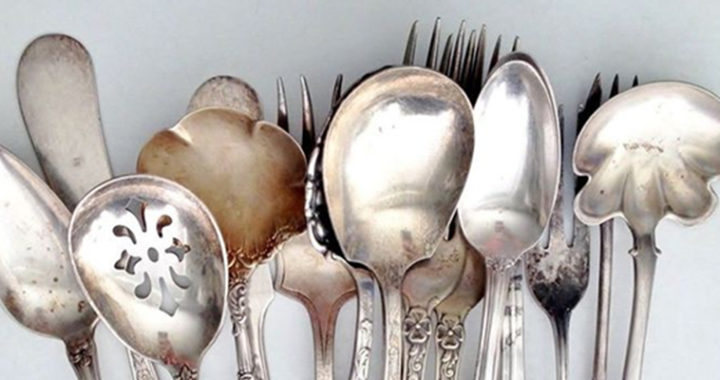Do you know the different between an antique silver flatware set and a vintage silver set? Unfortunately, many people assume that the terms “antique” and “vintage” are interchangeable. They aren’t, and the difference between the two can be a very large sum of money. You need to know how antique differs from vintage before you sell your silver flatware.

Flatware Has a Long History
Sterling silver flatware sets have been around for centuries. This means the idea of what’s an antique is different than it is for other things. For example, the Antique Automobile Club of America considered a car to be an antique if it’s 25 years old. That’s definitely not true of silver!

There’s Not a Set Standard
One thing antique silver flatware buyers often try to do is convince those who aren’t collectors that their flatware isn’t old enough to be considered an antique. The reason why this is fairly easy to do is because there’s no set standard of when flatware becomes an antique. It can also depend on the flatware manufacturer, the country it was made in, and more.
A Helpful Definition
While there’s no set standard, many people do follow a common scale for judging flatware. If it was made after 1950, it’s definitely not antique or vintage—it’s a set of modern flatware. For sets made prior to 1950 but after 1900, give or take a decade or two, vintage is usually the term used. If you have true antique silver flatware for sale, it should have been made before 1900.
How it Affects the Value
Obviously, the older the flatware is, the more valuable it can be. An antique set of silver flatware that can be dated to the 1850s is more valuable than a vintage set from the 1920s. Of course, condition and whether or not you have the full set does play a part in the value. Overall, though, older silver generally fetches a higher price.







